Davallia and its cultivation
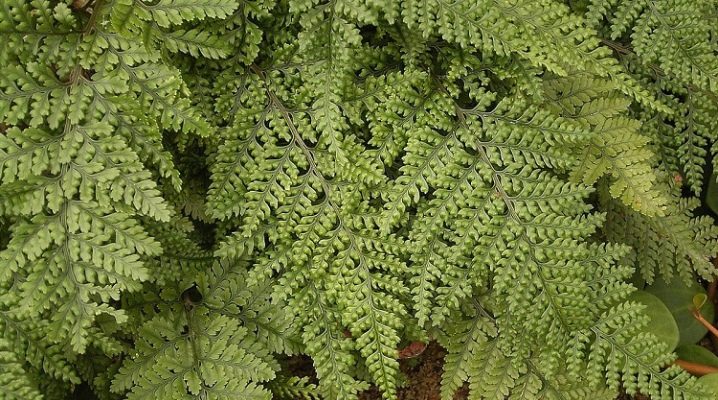
Davallia is a very beautiful houseplant. Culture can be a spectacular decoration for many environments. Dawallia can be planted and propagated both at home and in greenhouses or the most ordinary offices. In this article we will tell you everything about this plant and the secrets of its cultivation.
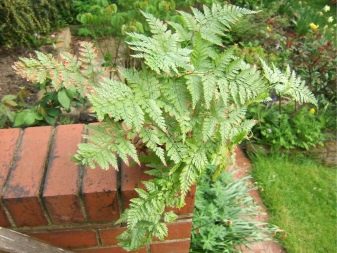
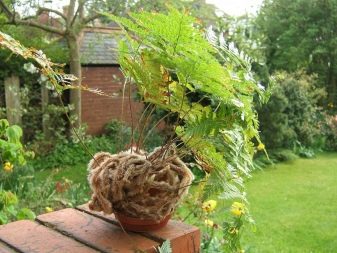
general description
The Latin name for davallia is Davalia. The plant is exotic, belongs to the genus of ferns. The culture is a decorative perennial. It is fast-growing, belonging to the davalliev family. Davallia naturally grows in forests in China and Japan. In addition, there is every chance to meet a beautiful flower in Polynesia, on the islands of Fiji and Java. Almost all davallia varieties have creeping rhizomes. They are covered with a characteristic dense layer of silvery or black-brown hairs. Due to this feature, the roots of the plant are very similar to small rabbit legs. In no case should you cut them off.
The root processes of the plant in question are most often characterized by a thickness of no more than 2 cm. They can hide in the ground, or hang outside the pot in which the flower is located. Very often, at home, dawallia is grown in hanging pots. In such tanks, the culture looks very aesthetically pleasing and attractive, the roots can hang freely from the outside, hiding from above with solid foliage.
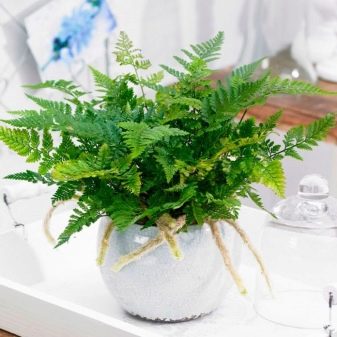

The culture in question can be characterized by different growth rates. Davallia is able to grow up to 10-20 cm. This flower overcomes all phases of development with impressive speed. Like other subspecies of fern plants, the culture does not bloom. Davallia produces fine-feathery foliage, the length of which can reach the mark of 15 cm. The leaf blades are neatly dissected and show a rich bright green color. The frond is leathery, characterized by a simple triangular shape.
Indoor fern attracts many flower growers because it does not require complex maintenance. Davallia is unpretentious, so it is quite easy to grow it.


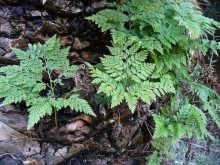
Popular species and varieties
There are many different types and varieties of the dawallia beauty. We will find out what features and external characteristics some of the varieties have.
Fijian
This variety is characterized by a rich and juicy shade of green parts, as well as the original structure of the leaf plates. The bush grows tall and spreading. It can grow up to a mark of 1 m.The leaf blades of the fern plant are leathery, about 35 cm long.
Fijian davallia foliage is attached to thin and drooping processes. The considered variety of bush looks especially impressive and attractive in hanging pots. Fijian dawallia throws off old leaves every year. After that, fresh shoots develop in their place.
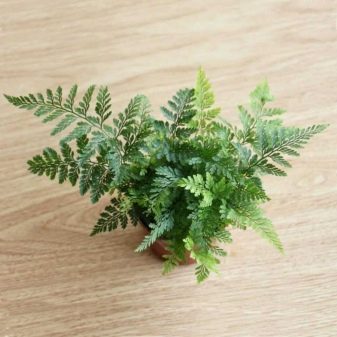
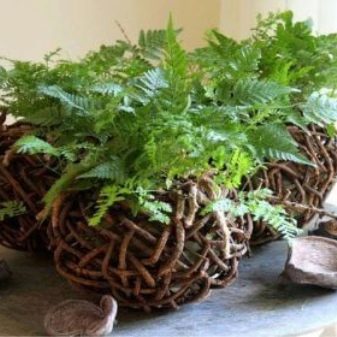
Canary
This plant variety has another name - trichomanes. This is a special subspecies of the fern, which was introduced from the territory of the Canary Islands. There are other places where this culture grows, for example, the Pyrenees Peninsula or North Africa. Canary davallia produces short roots. Their length rarely exceeds 13 cm.The leaf, together with the root, is characterized by the same length - from 25 to 30 cm.On the leaf blades of the culture, you can see an interesting patterned structure.
The foliage is feathery, dissected, and has diamond-shaped segments. Spore-bearing capsules of the plant are located in the upper half of the flattened. The Canary variety is very popular with many flower growers, since it does not suffer from being in cool rooms.
High humidity is also not capable of harming this fern.
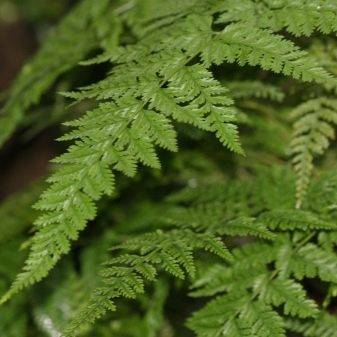

Maries
This plant comes from Japanese forests. The size of the variety can reach 25 cm. The foliage of Mariesa, like that of other ferns, is characterized by a trapezoidal shape. There is a pinnate excision. The leaflets of the plant are pubescent, showing a slight sheen.
Besides, they are distinguished by an attractive light emerald color. The root processes of the variety in question develop thin and scaly, with a special brick shade. Growing back, they almost in all cases intertwine with each other, thus forming very unusual and attractive patterns.
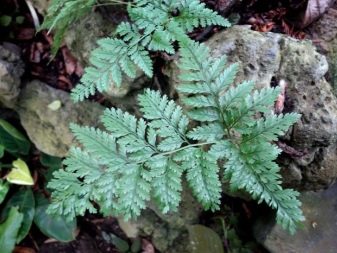

Humata taermani
This type of fern plant has triangular leaf blades of a dark green color. The plant does very well in a tropical climate. His homeland is warm Asian countries. Humata is suitable for home growing. The culture needs frequent and abundant watering. The soil mixture in which it grows must always be moist.
Under natural conditions, the culture in question grows, hiding from the sun. For this reason, it is advisable to place the fern at home in shady areas. The plant looks very neat and decorative, looks especially impressive in hanging pots.
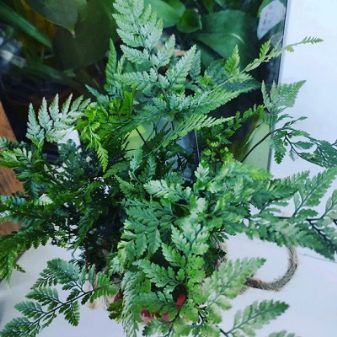
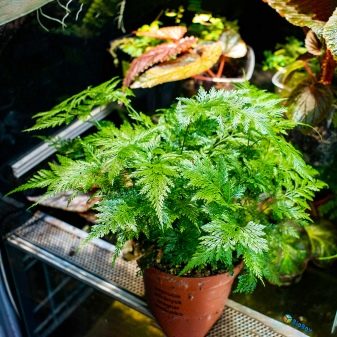
Growing conditions
It does not matter what kind of davallia it is decided to grow at home, be it Maries, Humata, schizophilla or the Canary variety. Any type of plant will need optimal and comfortable growing conditions. Find out in which environments these cultures do best.
- First of all, plants need to provide a sufficient amount of lighting. However, ferns should be protected from direct sunlight. In the summer seasons, it is advisable to locate the culture in the area of the eastern windows. In such places, the sun will illuminate the plantings only in the morning hours.
- And you should also pay attention to the temperature regimes in which the original indoor plants are located. In the summer season, davallia feels best against the background of temperatures ranging from 18 to 22 degrees Celsius. Care must be taken to ensure that the plantings are not exposed to cold drafts. If the temperature is low, the fern in the room can throw off all the leaves, however, with the arrival of spring, young plates will begin to break through.
- If a beautiful dawallia is grown at home, you need to monitor the humidity indicators. The culture can grow against a background of low humidity levels. If the humidity is high, then the fern may show an accelerated growth of young leaves. In warm seasons, it is recommended to transfer the flower to the territory of a shaded balcony, garden or veranda. The plant is very good at periodic spraying. Drying of the rhizomes falling down must not be allowed.
If you provide a fern plant with all the necessary conditions for comfortable development, it will grow beautiful and healthy. Of course, in this case, one should not forget about the care procedures, which are no less important for davallia.


Care
Davallia, like any other plant, needs proper care. Let's figure out the main care procedures that a florist will need to deal with.
Watering
Davallia, which is grown at home, should receive voluminous irrigation.At the same time, they should not be too frequent. In the summer, the culture should be moistened about 1 time per week. To achieve these goals, it is necessary to use only warm liquid, which is not hard. If the weather is hot, the frequency of watering can be increased. Against the background of cold weather, the frequency, on the contrary, it is advisable to reduce.
When caring for the fern in question, you always need to monitor the condition of the earthen coma. It shouldn't be overdried. In the intervals between waterings, only the upper earthen layer can dry out (no more than 3 cm). If this condition is not met, then the leaves of the bush may dry out and then completely fall off. Davallia also does not like too much waterlogging. Experienced growers recommend watering the bush using the immersion technique.
However, this method is only suitable for those situations where the "rabbit feet-roots" grow to such a level that watering the soil in a standard way is impossible.

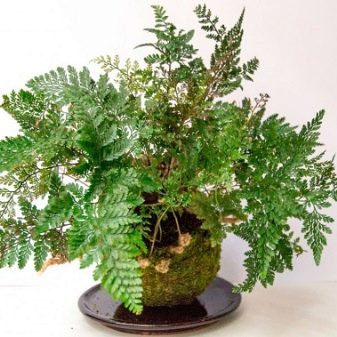
Top dressing
Davallia does not make high demands on the applied top dressing. From the first days of spring to the last days of the summer season, it is advisable to feed the culture with mixtures of low concentration. It is recommended to refer to such formulations that are designed specifically for ornamental deciduous plants. Add similar funds 2 times a month.
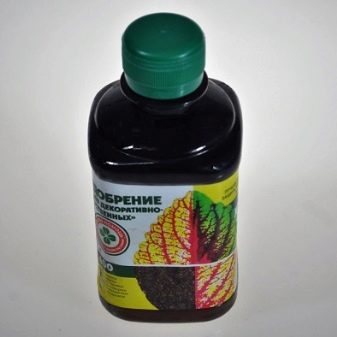
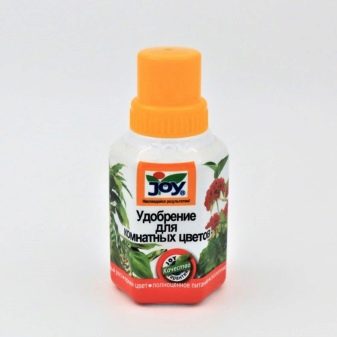
Transfer
Davallia needs to be transplanted twice a year, while the plant is still at the "starting" stages of its development. It is necessary to transplant a ripe bush with less frequency. The operation itself should be carried out during early spring.
Wherein it is necessary to use a pot of small height, at the bottom of which a drainage layer is laid. During transplantation, it is very important to ensure that the "fluffy" root system is not too deeply located, but is located on the surface.
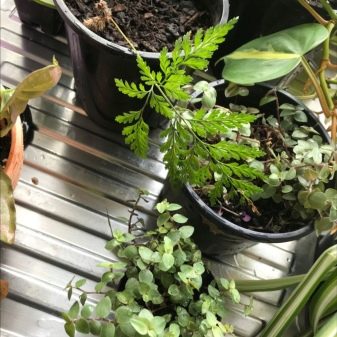
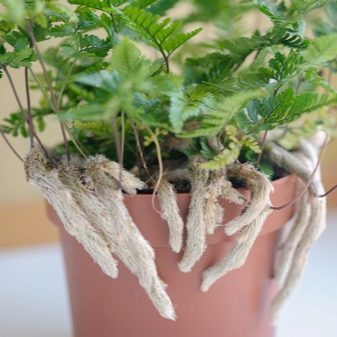
Reproduction methods
There are different ways of breeding dawallia. The simplest way to do this is by the division method. To do this, you need to carefully trim the beautiful shrub. New landings are then seated in separate reservoirs. Before that, it is imperative to sprinkle crushed coal on the left cuts.
In order to end up with a large number of bushes, the davallia rhizomes must be cut into pieces, the length of which will be about 6 cm. Each of these parts must have at least one leaflet. After that, the workpieces are placed on the earth's surface in another tank. The parts of the davallia are fixed by means of wire. As soon as roots and leaf blades appear on the segments, they will need to be seated in different pots.
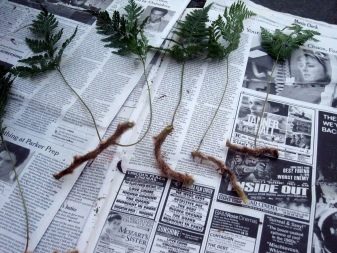
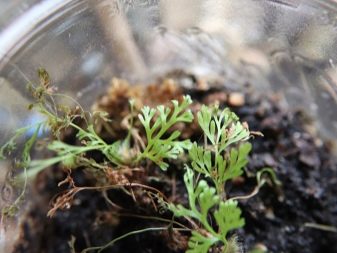
Diseases and pests
Davallia is a plant that can suffer from the following problems and ailments.
- Sometimes the leaf plates of davallia dry up. As a rule, this trouble occurs if the plant is in conditions of low temperature values.
- The leaf blades can turn yellow and die off. This problem can occur due to too low humidity levels.
- If the leaves are curled, then this indicates a lack of moisture.
- Davallia can turn yellow and shed certain parts. This is due to excessive moisture in the soil mixture.
- Too much light can cause burns on the plant.
- The davallia roots begin to rot due to excessive waterlogging of the soil mixture.
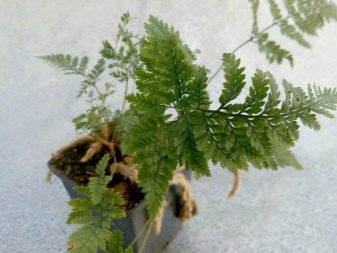

The fern plant in question most often suffers from attacks by pests such as:
- thrips;
- shield;
- aphid;
- spider mite;
- whitefly;
- mealybug.
A florist should always monitor the condition of the plant that he grows at home. If the first signs of any diseases are noticed, you need to immediately take action to combat them.Only if this simple condition is met, you can not worry about the health and beauty of a home plant.
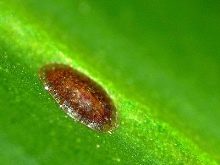
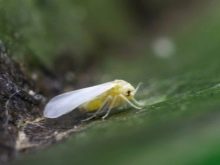
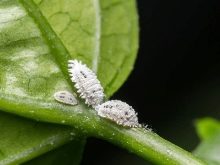













The comment was sent successfully.